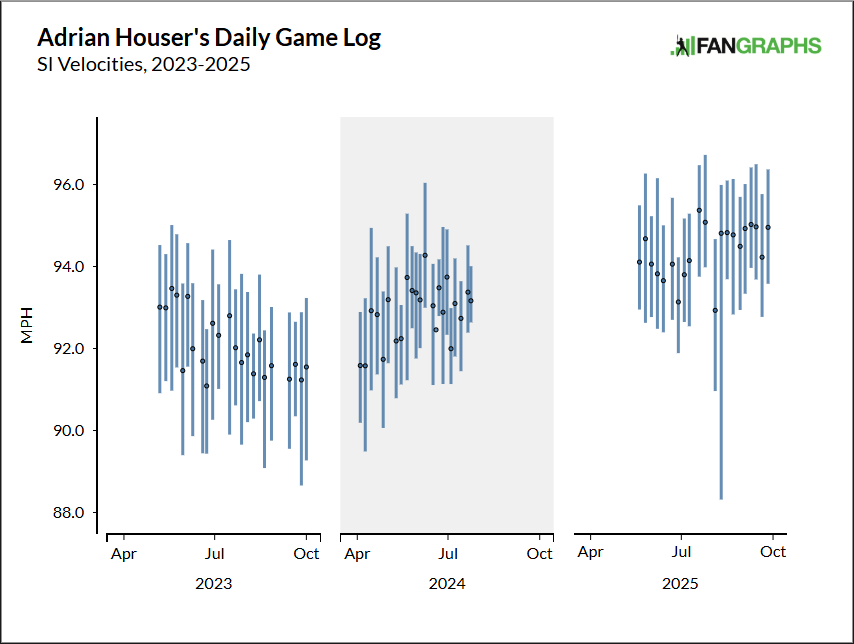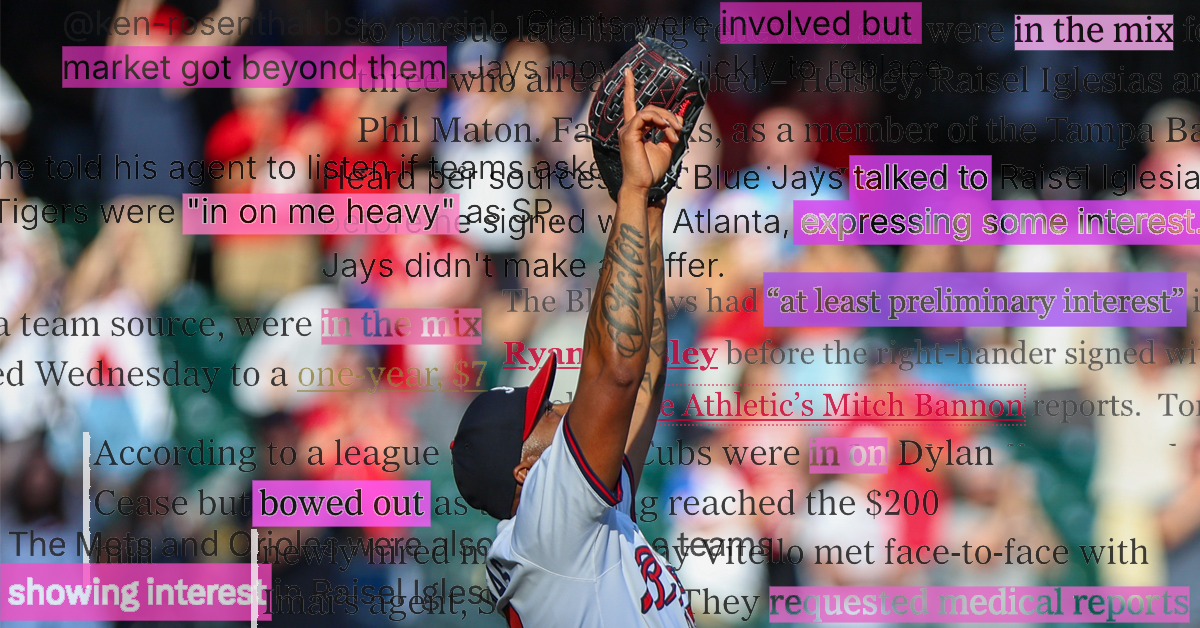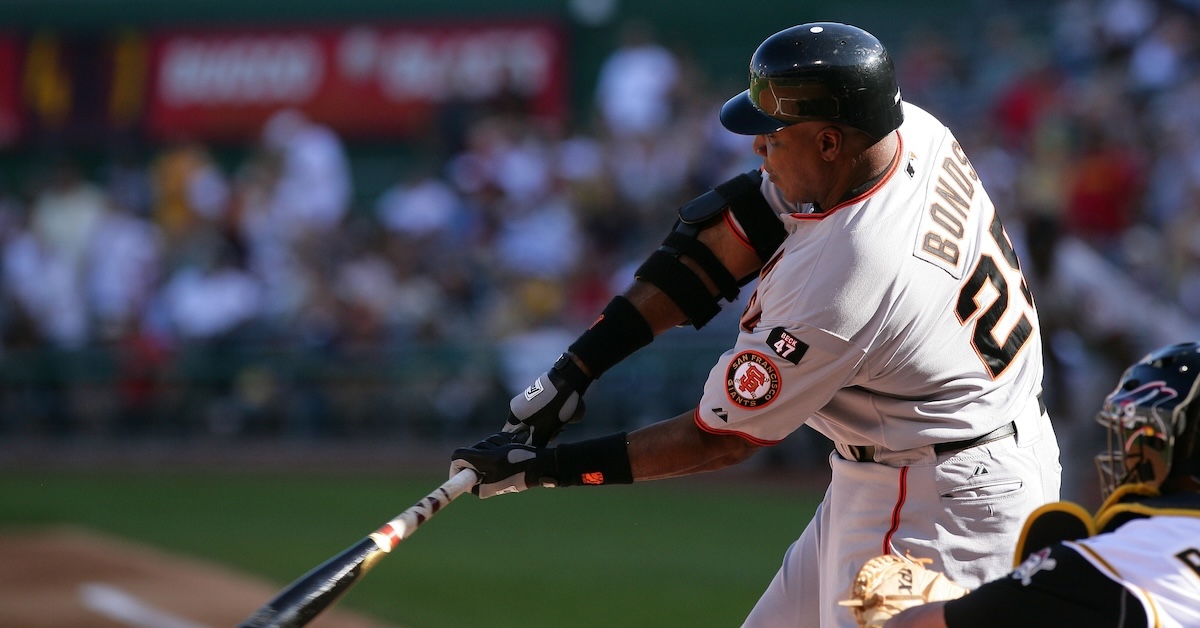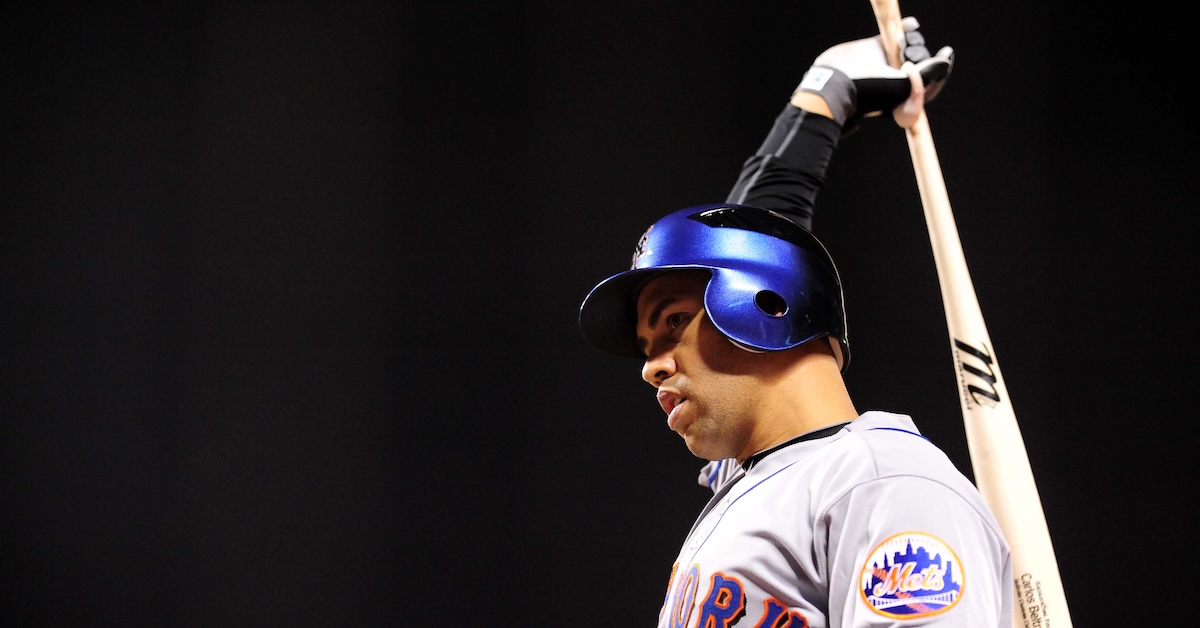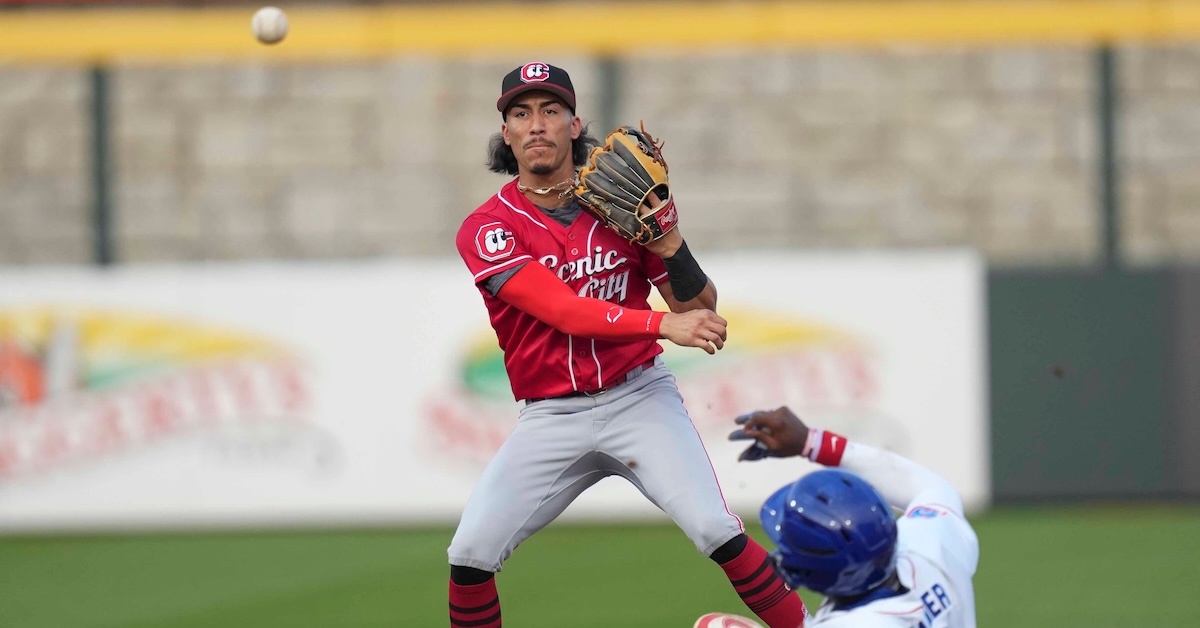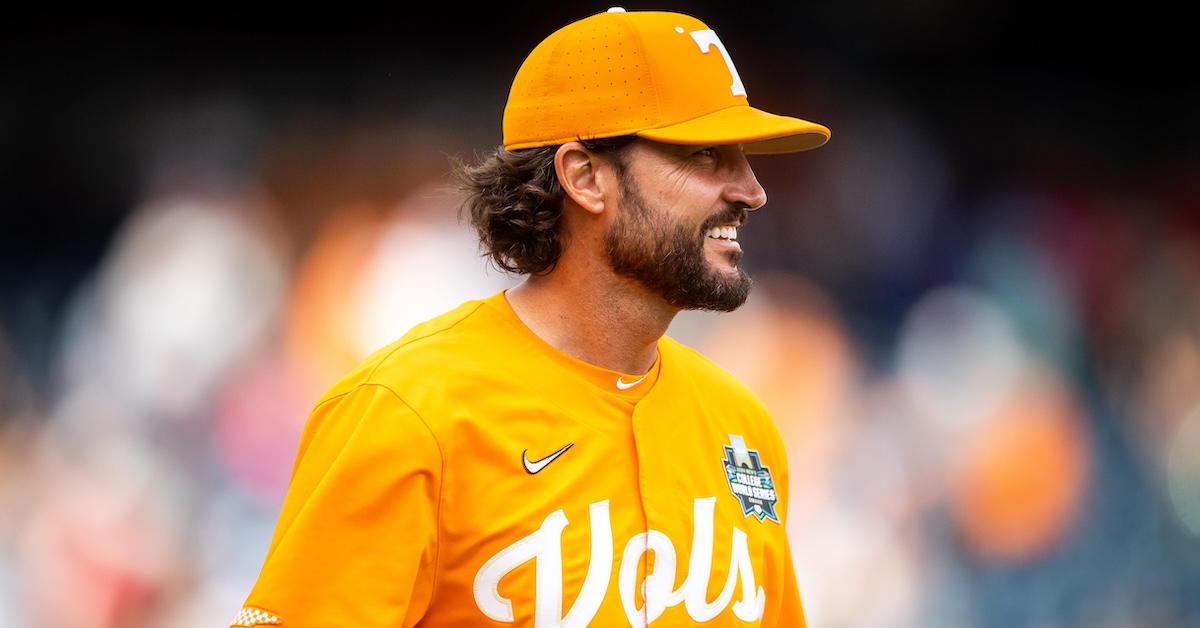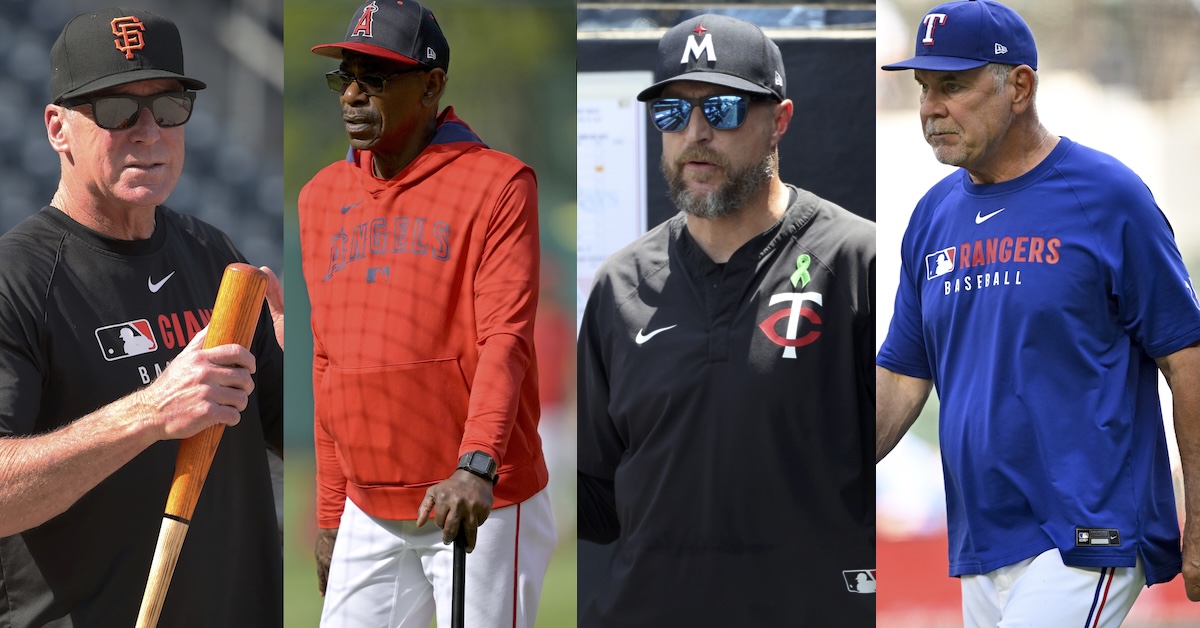The Giants Start To Address Their Pitching Needs
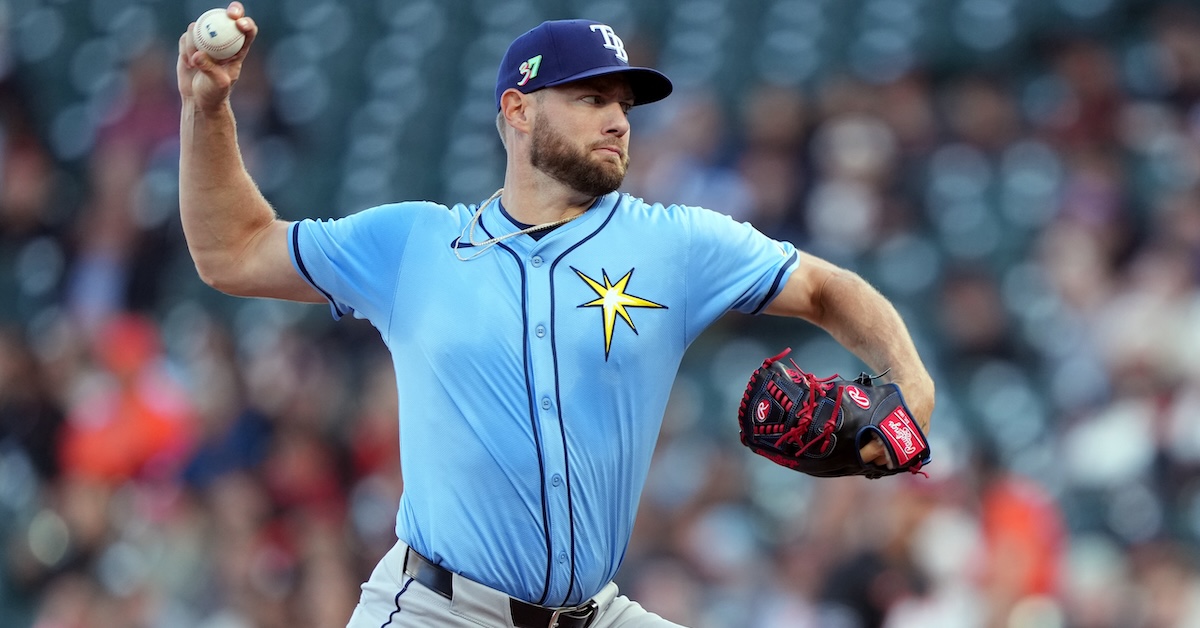
The Giants have one thing so many other teams covet: a genuine ace to lead their starting rotation. Only one other starting pitcher has accumulated more WAR than Logan Webb over the last five years, and he’s eighth in baseball in park- and league-adjusted FIP over that same period. After posting the best season of his career in 2025, Webb will continue to lead the rotation in ‘26. The rest of the pitching staff, though, is rife with question marks. San Francisco took its first steps toward addressing some of those issues this week, signing Adrian Houser, Jason Foley, and Gregory Santos to bolster the depth across the staff.
On Tuesday, Houser agreed to a two-year, $22 million contract with a club option for a third year. He made a name for himself as a reliable backend starter and swingman for the Brewers across his first seven seasons in the big leagues, before bouncing around six different organizations over the last two years. Traded to the Mets during the 2023-24 offseason, Houser struggled to a 5.84 ERA and 4.93 FIP across seven starts and 16 relief appearances. He made a handful of minor league appearances in the Orioles and Cubs organizations during the remainder of 2024, then signed a minor league deal with Rangers last offseason. Texas never called him up, and so he opted out of that deal and signed a major league contract with the White Sox in May.
I don’t think anyone was expecting a big breakout once Houser joined Chicago’s starting rotation. For most of his career, both of his fastballs averaged around 93-94 mph, but his velocity had dipped a few ticks by the time he was 32 and pitching for the Mets. It was a surprise, then, to see him firing 95-mph four-seamers as a member of the White Sox.

